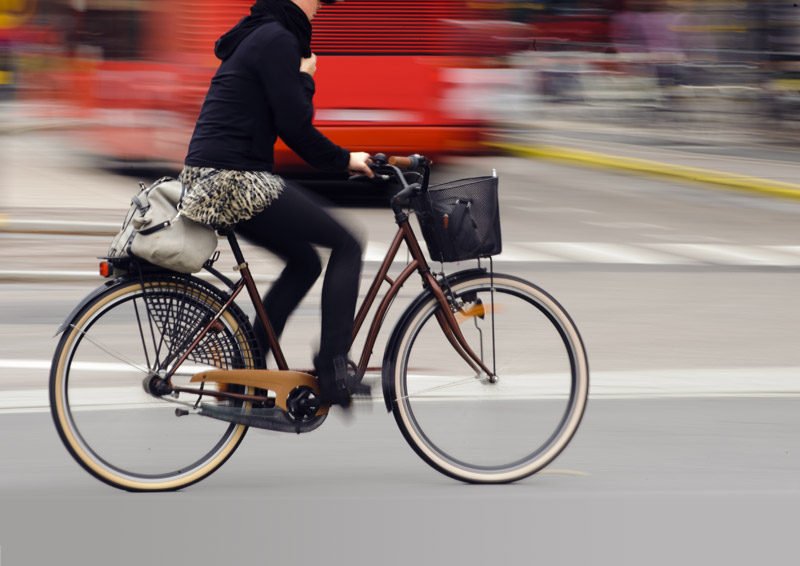Announced on the 9 May 2020, the UK Government’s statutory guidance to local authorities states that COVID-19 represents ‘a once in a lifetime opportunity to deliver a lasting transformative change in how we make short journeys in our towns and cities’. Professor John Parkin looks at what it will take to make this a reality.

- Updated: 12 May 2020
- Author: Author: John Parkin, Professor of Transport Engineering, University of the West of England, UK
The need to keep a safe two metres from fellow travellers as a result of COVID-19 epidemic has brought into sharp relief infrastructure deficiencies, such as narrow footways and inadequately separated cycleways. The epidemic is also revealing the benefits of less motor traffic: quieter neighbourhoods, more space for people, and lower carbon emissions.
The government has recognised it is an excellent time to rapidly move forward with a transition to a new permanent position where walking and cycling plays a large part in shorter distance travel. While initial guidance on advertising orders for traffic management changes did not go far enough, the Government now ‘expects’ local authorities to make significant changes ‘within weeks’ to their road layouts, giving more space to cyclists and pedestrians. Changes suggested include new cycle facilities, widened footways, school streets, reduced speed limits, and network level changes including pedestrian and cycle zones and modal filtering.
Importantly, the suggestion is that these are monitored with a view to making them permanent. An associated immediate funding of £250 million has been announced before, but the ultimate promise of £2 billion will need to be significantly increased in due course: Greater Manchester’s costed proposals alone stand at £1.5 billion.
These changes can be classified in two ways: one is to ensure there is sufficient separate space for pedestrians and cycle traffic, the other is to reduce motor traffic from again becoming too dominant.
Separate space for pedestrians and cycle traffic
The inadequacy of ‘shared use’ footways is extremely pronounced at the present time. Where there are significant volumes of traffic, more than 2,000 vehicles per day, separate provision needs to be made for cycle traffic from motor traffic, and this should also be separated from provision for pedestrians. Where there are routes away from the carriageway, separate provision for pedestrian and cycle traffic is required.
Preventing motor traffic from becoming dominant
As noted in Designing for Cycle Traffic, areas of the public realm can be restricted to motor vehicles, streets can be given over for cycle traffic only, and where motor traffic is allowed, speeds can be limited to 20 mph. These individual design features need to be supported at the network level by planning that ensures comprehensive networks are created for both pedestrians and cycle traffic. Such comprehensive networks will not have missing or risky sections within them. Appropriate networks can be developed by applying modal filters, which will create different levels of accessibility for different types of user.
There is now an opportunity to return to a ‘new and different normal’, one where people, rather than motor vehicles, are given prominence within the urban streetscape. The benefits are there for the taking. The onus is on engineers to rapidly recognise this changed paradigm, and to start to act quickly in the public interest.
Find out more about the principles and practices for designing for cycle traffic please refer to Designing for Cycle Traffic: International principles and practice available in both print and digital format.
To learn more in these themed issues of Engineering Sustainability on facilitating active travel, part 1 and part 2, free to read until 31 May 2020.
